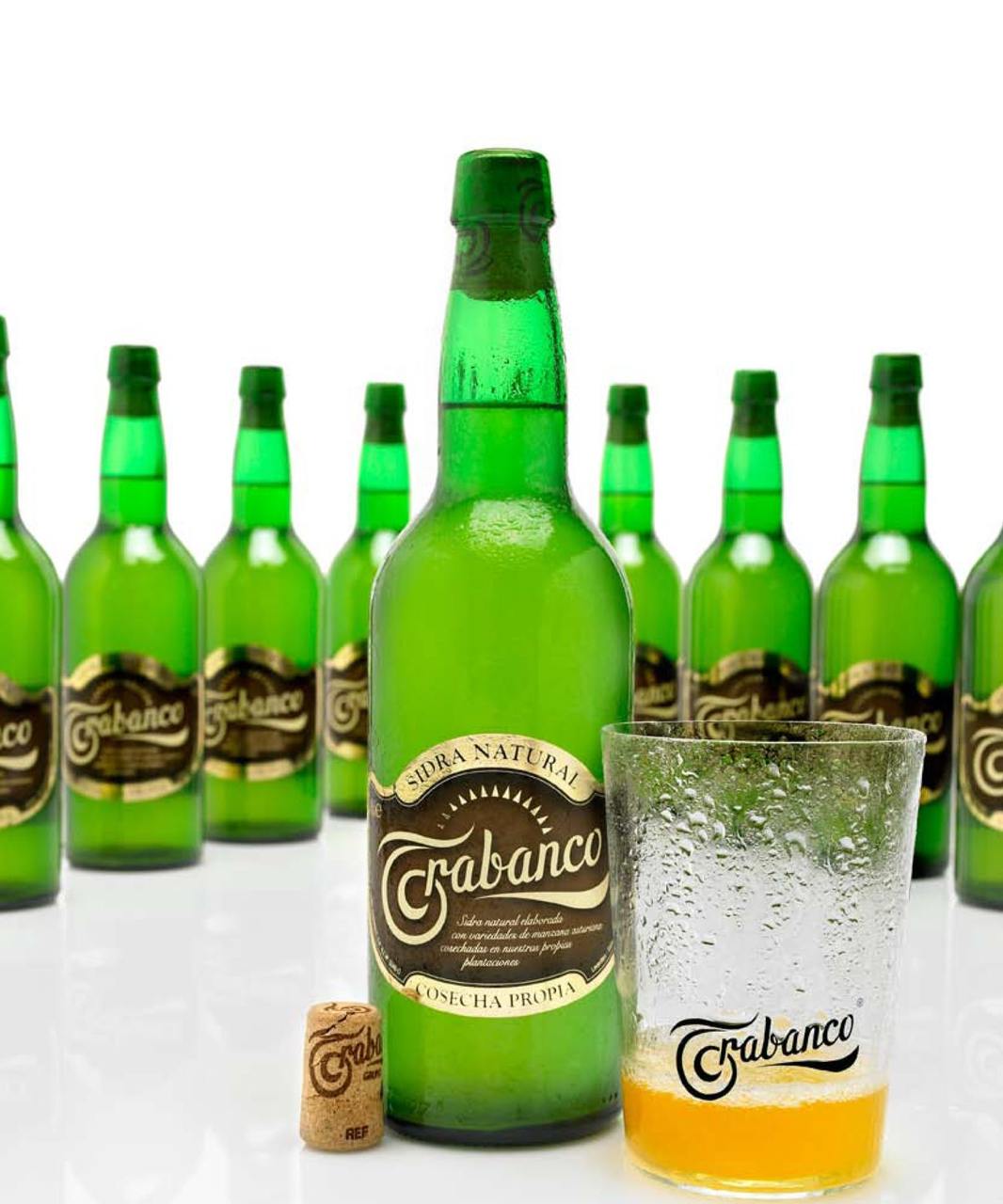Not heard of Spanish cider? Well relax as you are far from alone, but things they are a changing. So much so that we now live in a world where English sparkling wine is even a thing.
And that is now the case with Spanish cider, which while not exactly taking over the world yet is creating a bit of a storm. Therefore we are putting together our Street Food Guide to the cider in Spain scene.
A Brief History of Spanish Cider
First off, what is cider? Cider is basically fermented apple juice. That is it. No grapes, no hops, just apples. In its purest form it is made without any extra sugar or yeast and allowed to ferment naturally, although the modern versions do tend to get a bit more scientific. It can also be made with other fruits, such as pears, but in the interests of this article, we gonna stick to apples.
The Spanish have been drinking cider, or sidra as they call it, for thousands of years. Most of it comes from Asturias in the north of the country, a region known for rain, mountains, and people who speak their own language and pour cider in the weirdest way possible.
The earliest mentions of cider in Spain date back to Roman times, although it really took off in the Middle Ages when monks began perfecting the fermentation process. Cider became the drink of the working class, mainly because apples were everywhere and wine was expensive.
Traditional Spanish cider is cloudy, funky, and sour. It is usually still rather than sparkling, and unlike British ciders you need to pour it from a height to aerate it properly. This is called escanciar and yes it looks ridiculous, but it does make the stuff taste better. You can still find these traditional sidrerías all over Asturias and the Basque Country, with locals flinging cider into glasses from over their heads like it’s some kind of national sport.

The Current Spanish Cider Scene
While Asturias remains the spiritual home, Spanish cider is no longer just a northern oddity. Over the past decade, interest in cider has spread across the country. There are now cider bars popping up in Madrid, Barcelona, and even in the south. Craft producers are starting to experiment with everything from sparkling dry to sweet dessert ciders.
There is even a bit of a cider tourism scene. People travel to Asturias just to drink cider at the source, much like they would visit a wine vineyard in La Rioja. It’s not all ancient techniques and old men with wooden barrels anymore. The new wave of Spanish cider makers are combining tradition with innovation.
And you can now find Spanish ciders in foreign supermarkets, particularly if you look in the more obscure European booze sections. It is still a niche thing, but one that is growing.
5 Spanish Ciders You Need to Try
As always we have curated a list of the 5 best ciders from Spain you need to try, with it of course landing at the best.
5. Avalon Sidra Natural Made in Asturias, this is a very traditional sidra with a sharp and earthy flavour. Poured from a height and drunk quickly. Proper stuff, but an acquired taste.
4. Maeloc Dry Cider A Galician take on cider, Maeloc is a bit more accessible for newbies. Comes in bottles, slightly fizzy, and goes down far too easily. Also available in weird flavours like pear and strawberry.
3. Trabanco Sidra Natural One of the bigger names in Asturian cider. Dry, funky, and a great example of what traditional sidra is all about. Not for people who think cider should taste like apple juice.
2. Bereziartua Sidra From the Basque Country. Slightly less sour than Asturian versions and with a smoother finish. Great with food. Their bottles look classy too, which helps.
1. El Gaitero Cider The king of Spanish cider. More commercial than the others but also more widely available. Slightly sparkling, a little sweet, and much easier to drink if you’re not a purist. This is the bottle you’re most likely to find in shops outside of Spain.



Pairing with Food
Spanish cider goes well with salty, fatty, and rich food. Think chorizo, jamón, grilled meat, and cheese. In Asturias they often drink cider with fabada, which is a bean stew with sausage and blood pudding. It cuts through the fat and gives a refreshing kick. Avoid pairing it with overly sweet or spicy food. Sidra is about enhancing rather than overpowering the meal.
And the rest of the Spanish-speaking world?
While Spain is clearly the king of sidra, there is a small but growing cider scene in Latin America too. Argentina has been making cider for a while, with brands like Real and La Victoria producing sweet and sparkling versions that are often consumed at Christmas.
Mexico is starting to get into craft cider as well, particularly in places like Oaxaca and Mexico City where hipster culture is on the rise. You’ll also find Chile and Colombia experimenting with small-batch cider made from local apple varieties. It’s early days, but as wine regions diversify and apples get cheaper, expect more of this in future.
Click to read about the best street foods in the world.
Conclusion
So, there you have it. You do not need to just drink San Miguel and wine on a hot summer’s day in Spain, for now you have the choice of Spanish cider.
OK, so it is not yet as good as Scrumpy Jack, but hey who knows what the future holds.

